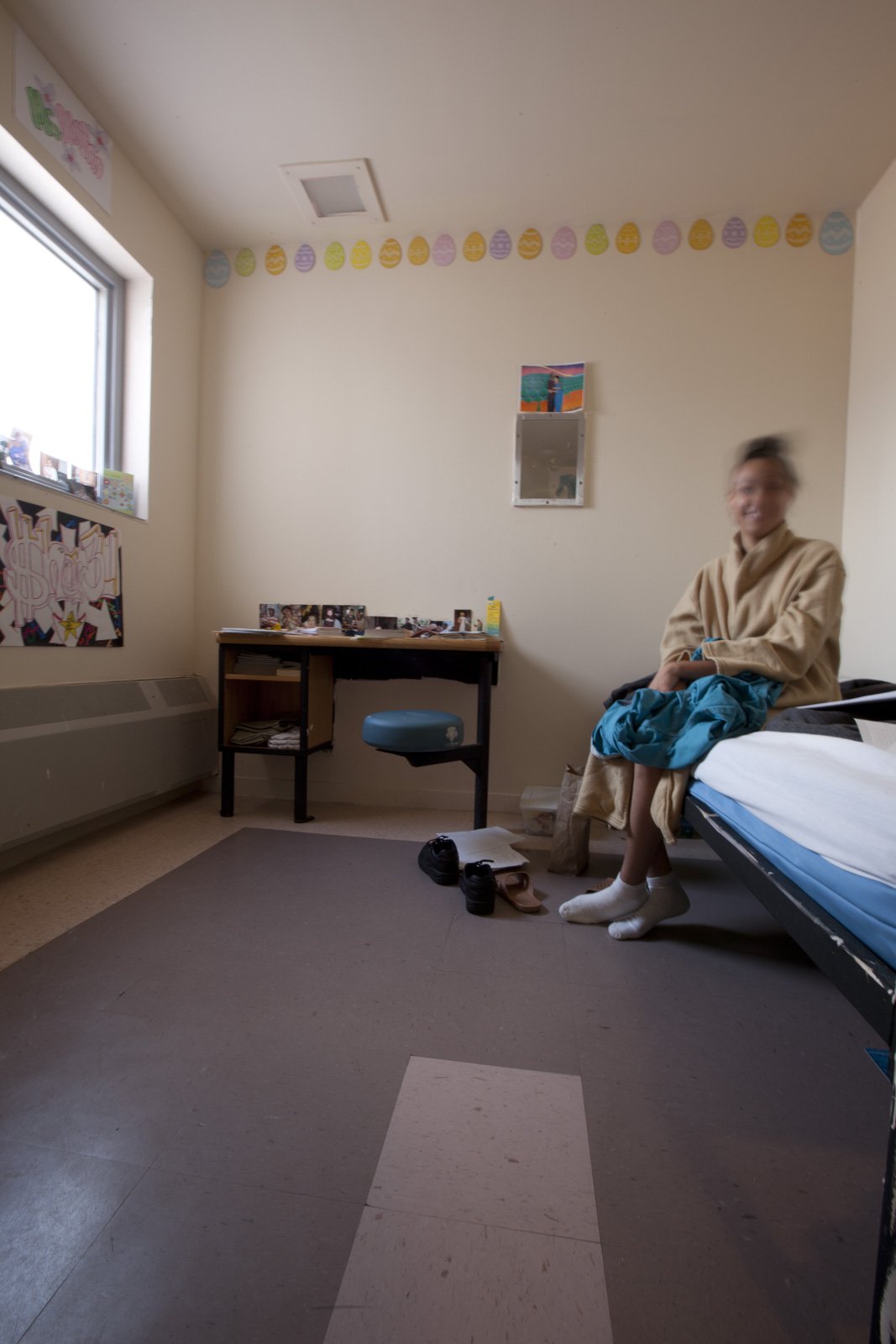Abigail Olivieri
April was sexual assault awareness month and that means now, no more than ever, we must pay attention to the trauma faced by 97% of women all around the world.
There are several statistics showing the commonality of such instances and what may be most shocking is that many of these statistics are about young girls who face these types of crimes most often. According to the Georgetown Law Center on Poverty and Inequality, one in four American girls will experience some form of sexual violence by the age of eighteen, fifteen percent of sexual assault and rape victims are under the age of twelve, nearly half of all female rape survivors were victimized before eighteen, and girls between sixteen and eighteen are four times more likely than the general population to be raped or sexually assaulted (2015).
Many of these girls will end up interacting with the criminal justice system in some way. In fact, sexual abuse is a primary predecessor of girls’ entry into the system (Georgetown Law Center on Poverty and Inequality, 2015). As of 2012, seventy-three percent of girls in the juvenile justice system have histories of physical and sexual violence (Ross, 2012). A punitive environment in combination with ill-equipped trauma based rehabilitation creates an even worse situation for many girls who have faced such abuse. Thirty-one percent of girls involved in the justice system have been specifically sexually abused (Georgetown Law Center on Poverty and Inequality, 2015). Forty-five percent have five or more ACE’s, which stands for Adverse Childhood Experiences (Baglivio et al., 2014). The ACE questionnaire is a measurement of childhood trauma including questions about violence, sexual assault, poverty, and more. Girls involved in the justice system are victimized by sexual violence at an earlier age and for a longer average duration (Georgetown Law Center on Poverty and Inequality, 2015). Due to this, girls in an incarceration setting will not only be more susceptible to a trauma response, but they will also likely face more stressors triggering them to act out. This behavior is then criminalized, whether it’s in or out of incarceration, and then the cycle of abuse and poor coping continue.
The solution lies in policy. In 1974 the Juvenile Justice and Delinquency and Prevention Act (JJDPA) was passed. This was one of the most comprehensive juvenile justice policies ever passed. The JJDPA sets the standards for and provides funding for states’ juvenile justice systems. The reauthorization of the JJDPA in 2018 was essential for creating new standards that will work best for today. Despite the recent reauthorization, there is little talk of sexual abuse and sexual assault, which at risk juveniles are inherently at additional risk for at a vulnerable state.
Another important policy that can be strengthened is the Prison Rape Elimination Act (PREA). Under this law there are many protections for victims of sexual assault and abuse including things such as access to emergency medical and crisis intervention services (Georgetown Law Center on Poverty and Inequality, 2015). The weakness of this policy is its enforcement. There are no formal sanctions for noncompliance and there is no mandatory timeline. According to the Georgetown Law Center on Poverty and Inequality PREA would be more effective if there were mandatory noncompliance penalties, more specific definitions for what a “timely” crisis response is, and a requirement for foster homes and congregate care facilities to comply with PREA and federal standards if they enter into contracts with juvenile justice agencies (2015).
SOURCES
Baglivio, M. T., Epps, N., Swartz, K., Huq, M. S., Sheer, A., & Hardt, N. S. (2014). The Prevalence of Adverse Childhood Experiences (ACE) in the Lives of Juvenile Offenders. Journal of Juvenile Justice, 3(2), 1–23.


